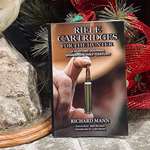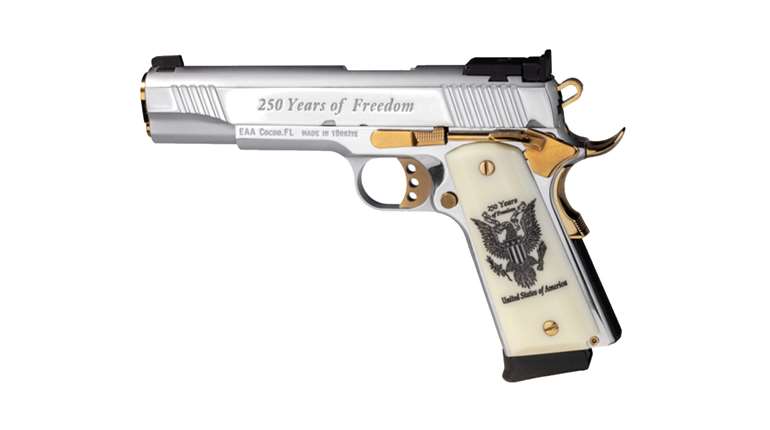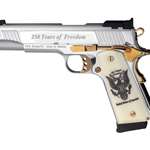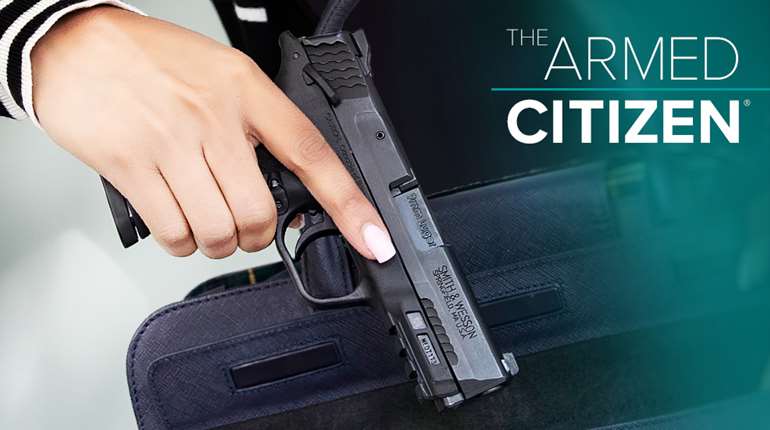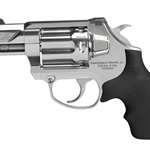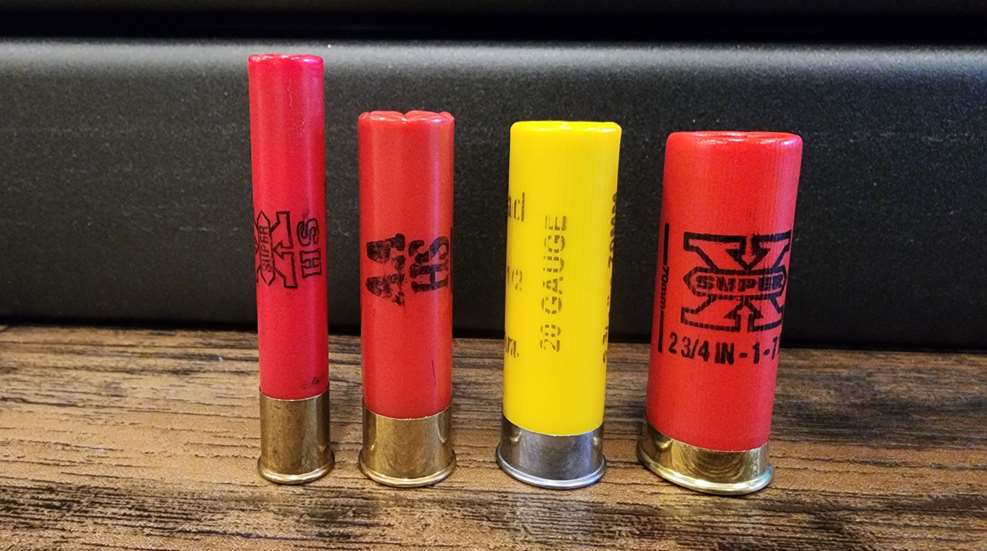
Just a few decades ago, the trend in shotguns was “bigger is better.” Turkey hunters, goose hunters and even duck hunters started moving from their standard 3-inch 12-gauge shells to 3½-inch 12 gauges and even big, heavy 10-gauge shotguns. Part of this was driven by the 1991 ban on lead ammunition for waterfowling, as at the time, the available non-toxic ammo offerings weren’t quite as effective, and hunters were searching for an advantage to make up for the performance hit.
Maybe it’s a generational thing, but in the past 10 years or so, the industry is seeing a swing away from bigger-is-better and back toward the smaller, gentler shotguns in 20 gauge, 28 gauge and .410 bore. The 20 gauge has always had a respectable following as a gun for kids and smaller-framed shooters, but the 28 gauge and .410 were relegated primarily to upland hunters and four-gun skeet shooters. The 16 gauge has almost disappeared completely, at least as far as modern manufacturing is concerned. That one is still a rare bird, but the 28 and the .410 have had a serious glow-up as far as ammo is concerned, and it’s brought those two guns back into serious use for all types of hunting and shooting.
If you’re a dedicated 12-gauge shooter like I was just a couple of years ago, it’s time to consider downsizing. Why might you be interested in a sub-gauge shotgun?
Sub-Gauges: The Pros
The primary reason most shooters turn to a smaller-gauge shotgun is recoil: The 20, 28 and .410 recoil considerably less than a 12 gauge. That’s just physics; less shot and powder-burned gases going out the front end means less kick coming back. A lot goes into felt recoil—gun fit, the specifics of the load, the action of the gun and more—but no matter how you slice it, a sub-gauge gun is going to kick substantially less than a larger-gauge one. Research has proven that the effects of recoil on the body are cumulative, and many of us have had plenty of it in our lives and are ready to welcome a little less of it.
Secondly, the guns themselves are lighter by nature. This makes them easier and more comfortable to carry and less fatiguing to shoot, which you’ll appreciate when shooting 100 rounds of sporting clays or hiking up and down mountains chasing chukar.
The ammunition available to hunters has improved substantially since those early days of the lead ban, too. Non-toxic shot performs better than ever, particularly since the advent of Federal’s TSS, which is tungsten shot that is denser and holds patterns better than other non-toxic materials. This allows hunters to shoot a smaller shot size, which means more pellets in the air, and we can achieve longer terminal velocities, which means we can now shoot birds at distances we couldn’t (confidently and ethically) before. The advances in ammunition have been a real boon to sub-gauge shooters, making the 20, 28 and .410 more effective than ever. We no longer need a 3 ½-inch magnum 12-gauge shell to reach out and touch birds.
Don’t believe me? Hit the patterning board with your sub-gauge shotgun sometime, using modern, quality ammo. I had to prove it to myself on a recent turkey hunt with a Mossberg 28-gauge semi-auto. While the pattern (obviously) has fewer holes in it than a 12-gauge pattern would, it’s more than adequate to kill a turkey at up to 40 yards, which I watched my hunting partner do the next morning. I killed my own turkey the first night of that hunt with the 28 gauge at closer range, as did another hunter in camp.
Incidentally, I’ve killed turkeys with a 10-gauge shotgun before, and let me tell you—the 28 is way more fun. More fun to shoot, more fun to carry, and more fun the next morning when my shoulder isn’t sore.
Sub-Gauge Shotguns: Cons
Of course, the advances in ammo have benefited the 12 gauge as well, and no matter how good the sub-gauges get, the 12 will always be a few steps ahead in performance. You don’t always need that performance, particularly when hunting small game and small birds, but it’s undeniable that a 12-gauge shell packs more pellets and can hold more powder, making for a denser pattern and a heavier payload. If you want or need that pattern and as many pellets as you can get for whatever you’re hunting, the sub-gauges will always come up short.
The other downside to the sub-gauges is the ammo: While it’s gotten better and better over the years, the price as kept up. And because manufacturers don’t sell nearly as many 20-gauge, 28-gauge and .410 shells as they do 12-gauge, the price of the sub-gauge shells is always going to be higher. It can also be harder to find, especially in the specialty loads made for self-defense or turkey hunting—you might have to get used to ordering online and eating the shipping costs.
Overall, whether you use your shotguns for personal defense, hunting or the clay target games, you might be surprised at the performance—not to mention comfort—you can wring out of a sub-gauge gun these days. Anyone seeking a lighter gun that’s easier to carry, won’t kick you as hard and still offers you plenty of performance should consider checking out a 28-gauge or a .410.
















